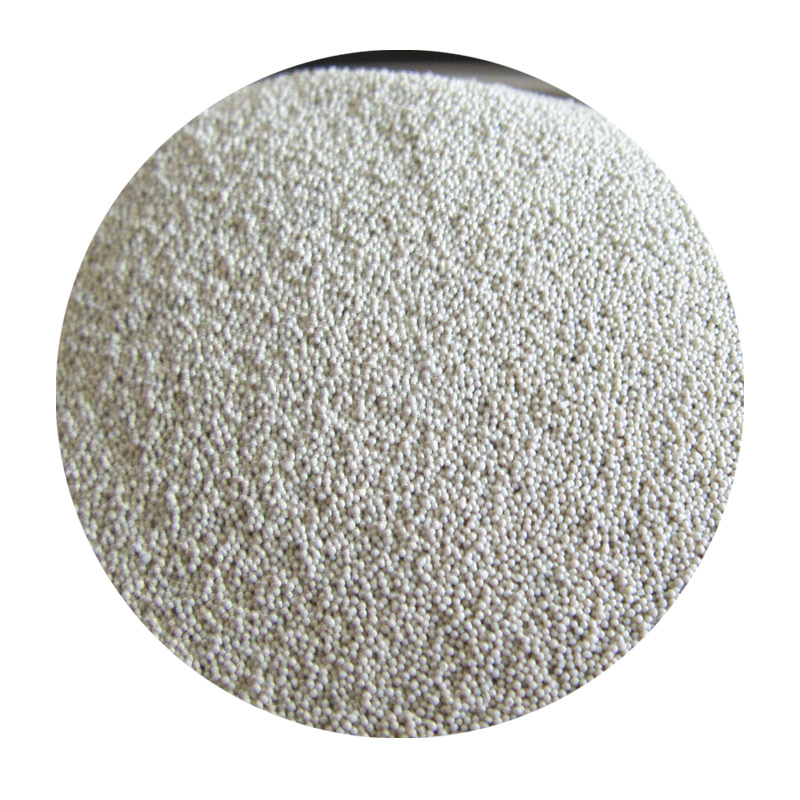Sand Casting Procedure An Overview
Sand casting, also known as sand mold casting, is a widely used manufacturing process for producing metal parts. It involves creating a mold from sand and then pouring molten metal into that mold to form the desired shape. This method is appreciated for its versatility, low-cost materials, and ability to create intricate designs. In this article, we will explore the sand casting procedure step by step, highlighting its advantages and potential applications.
Step 1 Design the Pattern
The first step in the sand casting process is designing the pattern. A pattern is a replica of the final part that will be produced. Patterns can be made from various materials, including wood, metal, or plastic. The choice of material depends on the size and complexity of the part as well as the expected volume of production. The design should allow for shrinkage, draft, and any additional features required for the final product.
Step 2 Prepare the Molding Sand
The next step is to prepare the molding sand. Sand is typically mixed with a binder, such as clay or resin, which helps the sand maintain its shape during the casting process. The sand mixture should have the right consistency to ensure it can hold the details of the pattern. Commonly used sands include silica sand, which offers excellent properties for casting, and special sands that have been treated to enhance their performance.
Step 3 Create the Mold
Once the pattern and sand are prepared, the next step is to create the mold. This is done by placing the pattern into a box called a flask, then covering it with the molding sand. The sand is compacted tightly around the pattern to capture its shape accurately. After compacting, the mold is split into two halves, allowing the pattern to be removed. This process creates a cavity that will hold the molten metal.
Step 4 Assemble the Mold
After the pattern has been removed, the two halves of the mold are reassembled. At this stage, additional features like risers and gating systems may be added. Risers help prevent defects like shrinkage, while gates enable the molten metal to flow into the mold cavity efficiently. This assembly must be done carefully to prevent misalignment, which could lead to casting defects.
sand casting procedure

Step 5 Pour the Metal
With the mold prepared and assembled, the next step is to pour the molten metal into the cavity. The metal is heated until it reaches a liquid state, then poured through the gating system. It is crucial to control the pouring speed and temperature to minimize turbulence, which can introduce defects such as slag inclusion or gas pockets.
Step 6 Allow to Cool
Once the mold is filled, the molten metal is allowed to cool and solidify. The cooling time will depend on the type of metal used and the thickness of the part. Patience is essential here as premature removal can lead to breakage.
Step 7 Remove the Casting
After sufficient cooling, the casting can be removed from the mold. This step often requires breaking the sand mold, which can be done manually or with mechanical assistance. The casting will generally require cleaning to remove any sand residues and may need further finishing processes, such as machining or surface treatment.
Advantages of Sand Casting
One of the most significant advantages of sand casting is its flexibility. It can accommodate a wide range of metals, from aluminum to iron. Additionally, the process is suitable for both small and large production runs, making it ideal for custom parts or prototypes. The relatively low cost of materials and the ability to create complex geometries also make sand casting a preferred choice in various industries, including automotive, aerospace, and art.
Conclusion
In conclusion, sand casting is a crucial manufacturing method that combines simplicity and effectiveness. Understanding the detailed procedure—from pattern design to pour and cool—allows manufacturers to produce high-quality components efficiently. With its broad applications and advantages, sand casting remains a foundational process in the metalworking industry.
Post time:Dec . 30, 2024 06:37
Next:is sand casting expensive
